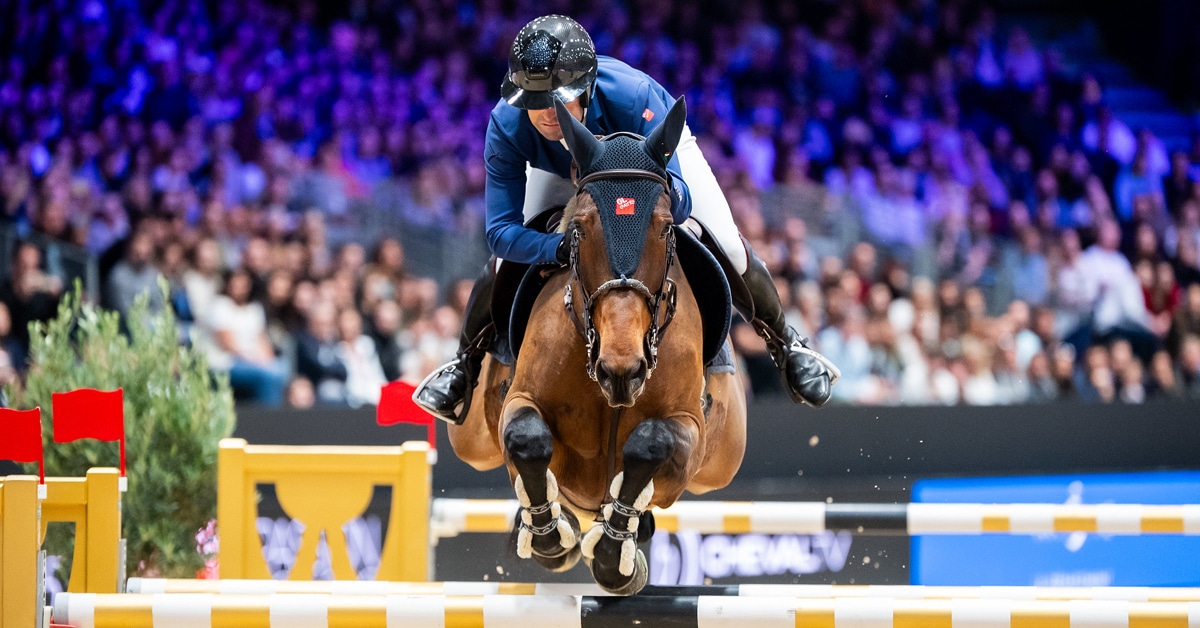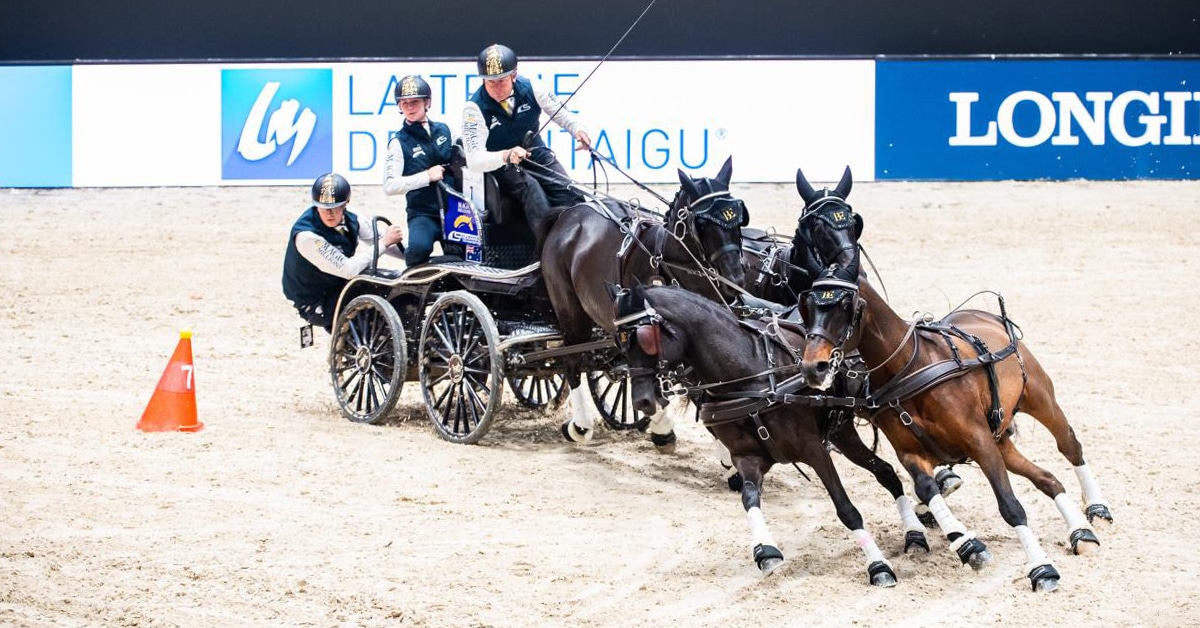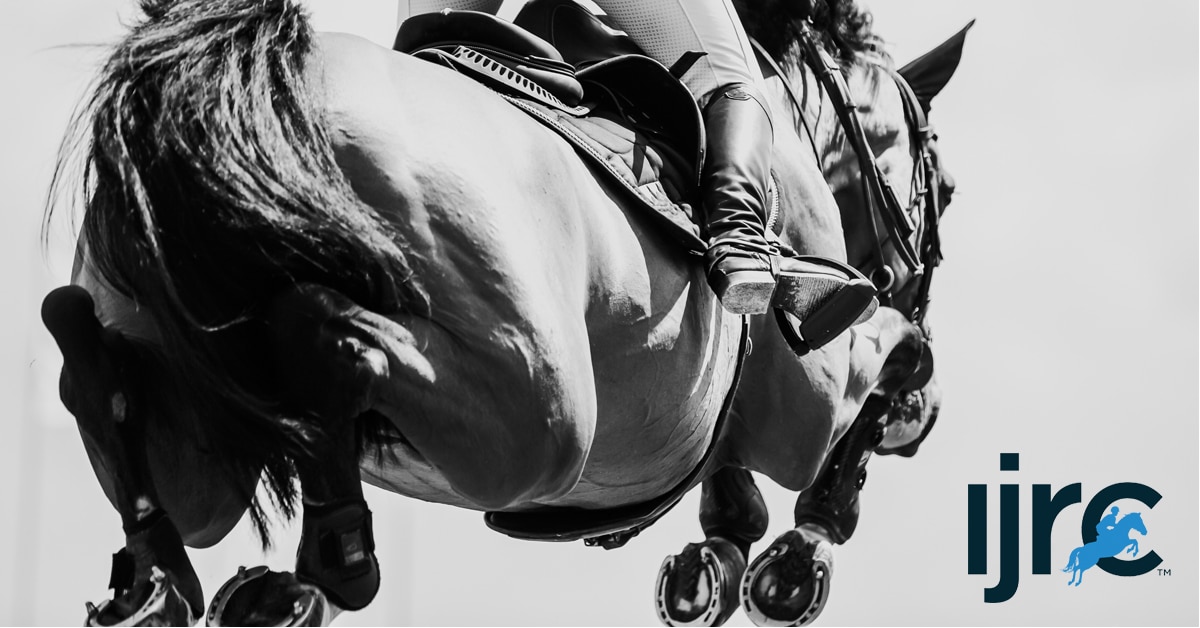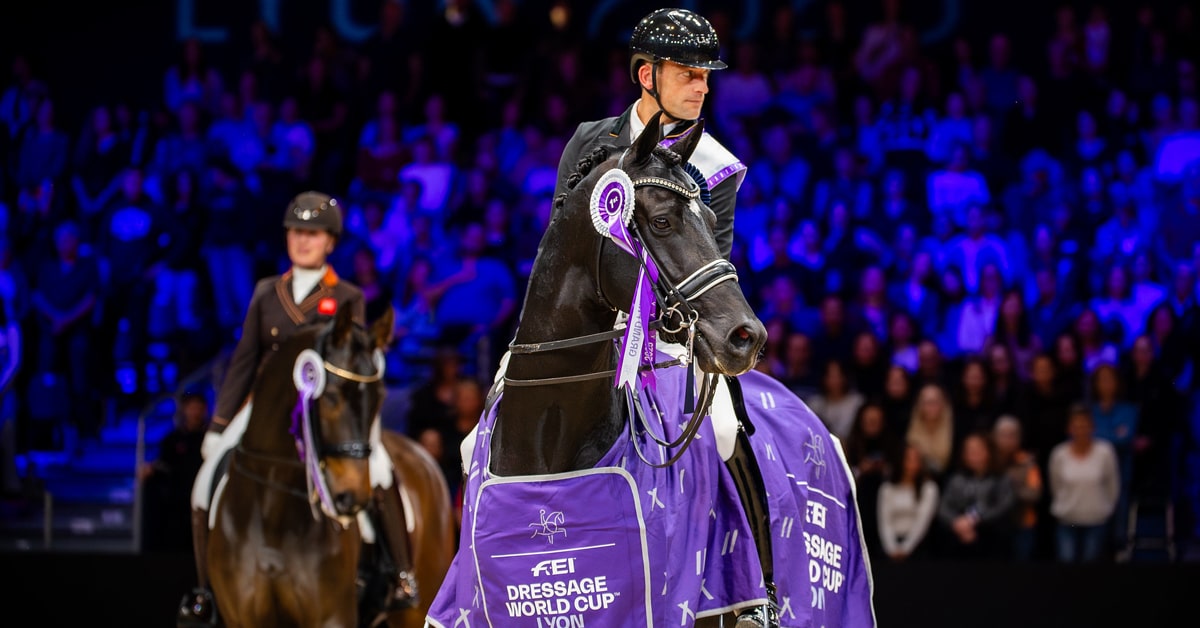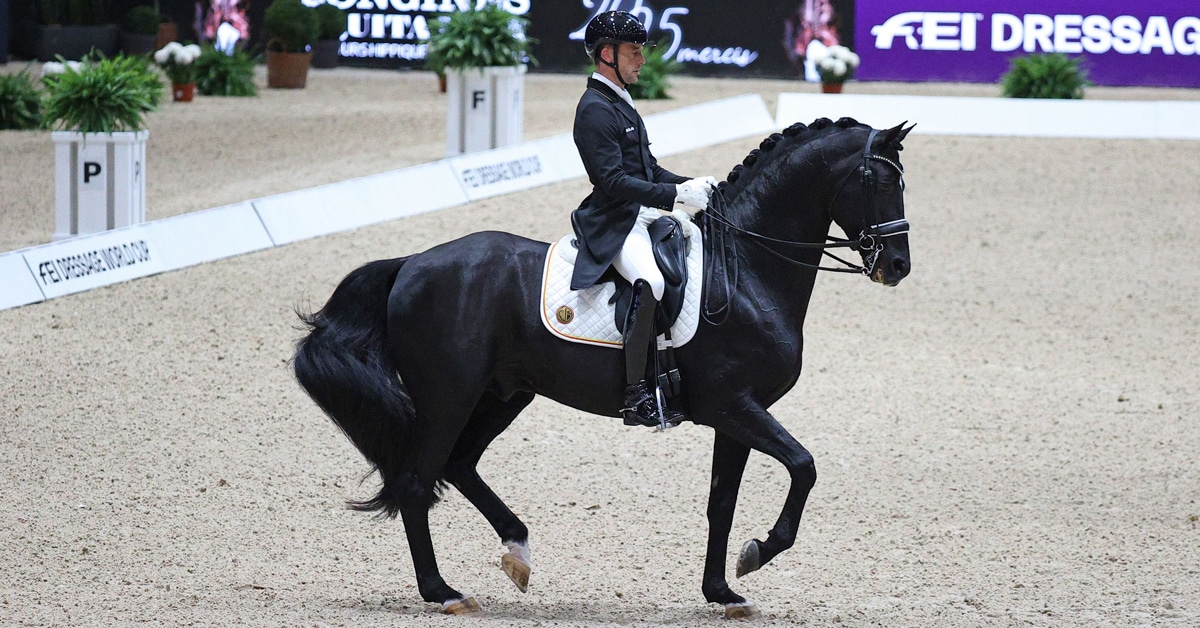As of January 1, 2022 all member states of the EU are required to have implemented EU Directive 2019/771 into their national legislation. This Directive potentially has a significant impact on the sales contracts between a consumer and a seller and will likely have consequences to the international horse trade.
The EU Directive
The EU Directive grants extra protection to the consumer in case a non-conformity of the good arises. Any lack of conformity which becomes apparent within one year of the time when the goods were delivered shall be presumed to have existed at the time when the goods were delivered, unless proved otherwise by the seller. This means that, with full implementation, the seller gets the burden of proof the non-conformity did not yet exist at the time of delivery of the good(s) until one year after delivery of the good(s). Previously, the applicable term had been six months. Member states may, however, exclude contracts for the sale of living animals from the scope of this Directive. Apparently, the EU legislator realized that such a long period of a retroactively presumption of burden of proof in case of the sale of a living animal could be inappropriate.
Implementation of the Directive
As a result of this option to exclude, EU member states implement the Directive differently, according to the proposed bills of implementation in various countries. Whereas other surrounding countries, like Belgium, Germany and France, have not (fully) transposed the one year time burden of proof for seller in cases of the sale of living animals into their proposed bills of implementation, the Netherlands seems to not make use of the option to exclude these contracts from the scope of this Directive. Belgium and France fully exclude contracts for the sale of living animals of the scope of the Directive, but already have, or are of the intention to adopt, specific replacing national legislation in order to keep the consumer protected. Germany deviates from full implementation, by sticking with the current six months term burden of proof for the seller in case a non-conformity of the good arises.
Consequences of the implementation
Consumers might therefore be the best protected when they buy a living animal from a seller in the Netherlands, as Dutch law will be applicable on the ground of EU legislation (place of residence of the seller). The Dutch seller will need to prove the presumption (that the non-conformity already existed when the goods were delivered) wrong, until a year after delivery of the animal. Especially with horses a lot can happen in the period between delivery of the horse and soon to be one year term, as they are trained, ridden, fed and possibly veterinary treated out of sight and power of the seller.
With the current six months term this presumption already makes it very hard for sellers of living animals to prove the contrary and reverse the burden of proof back to the consumer. The aforementioned Directive and intended full implementation in the Netherlands protects the consumer very well on the one hand, but on the other hand will undoubtedly make it even harder for Dutch sellers to prove the contrary (that the non-conformity did not yet exist at the time of delivery of the horse). Consequently, more consumers are likely to buy a horse in the Netherlands, because they are extremely well protected with the burden of proof for seller in case a non-conformity arises within a year after the delivery of the horse. Subsequently, this will potentially lead to even more claims being made to the Dutch sellers on the ground of non-conformity.
~ with files from Schelstraete International Law Firm
More News


